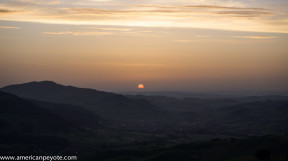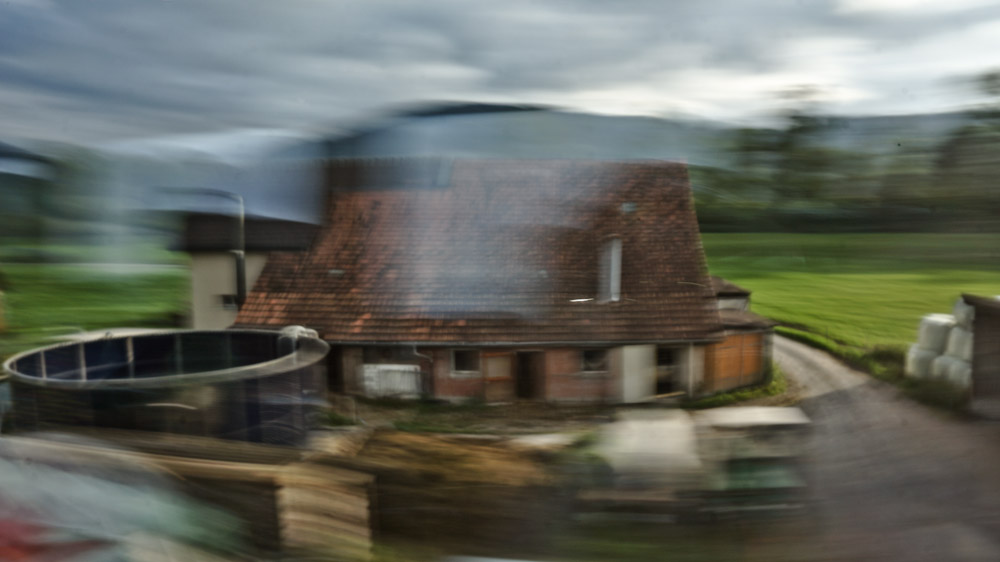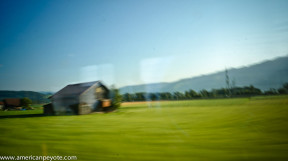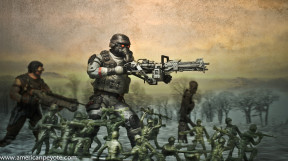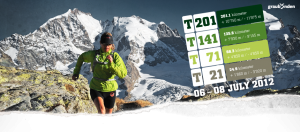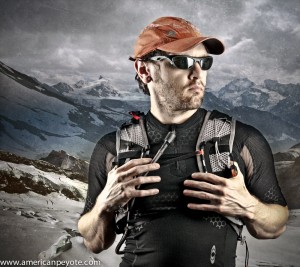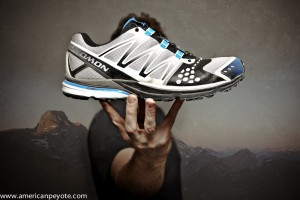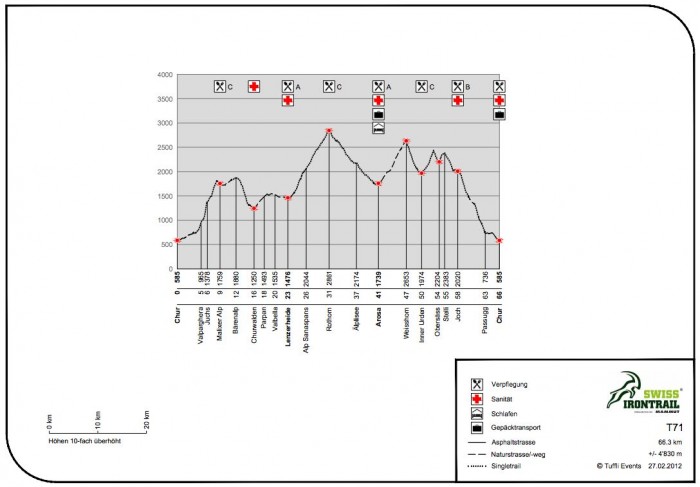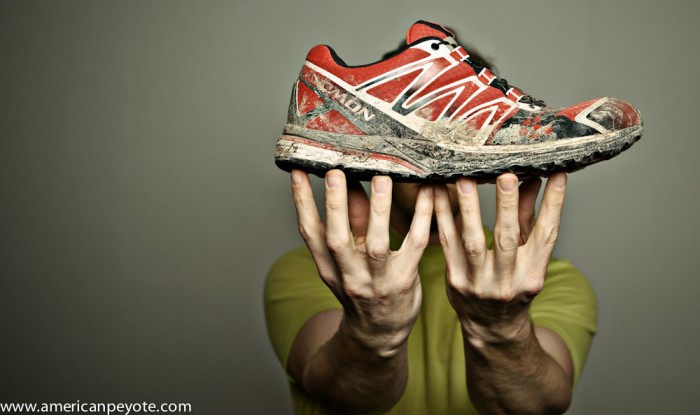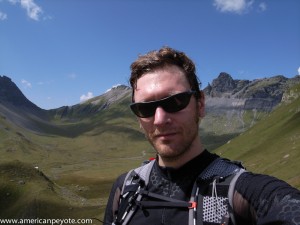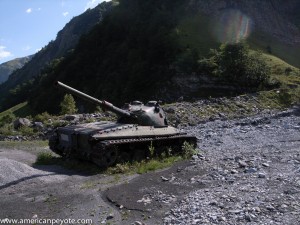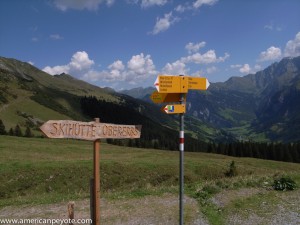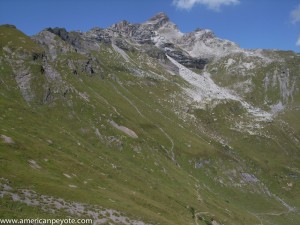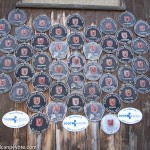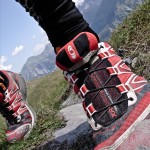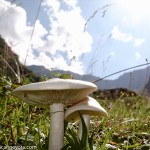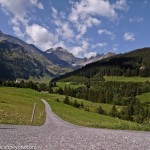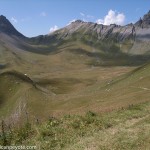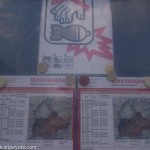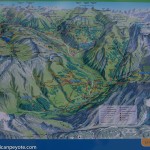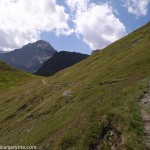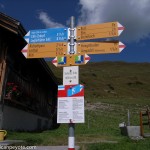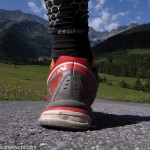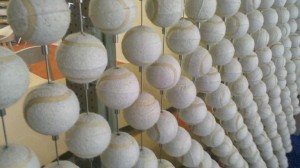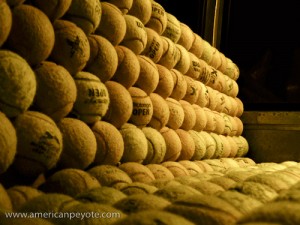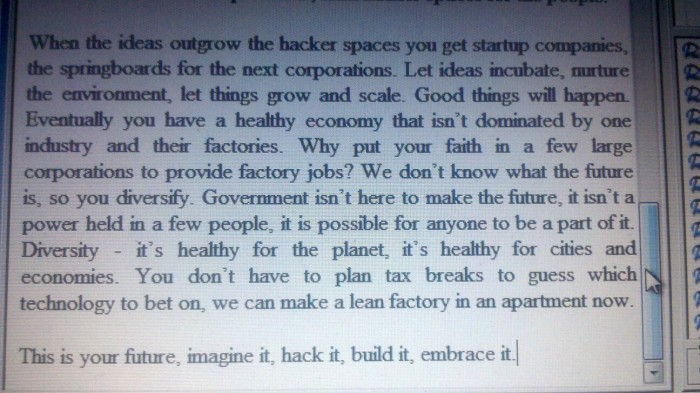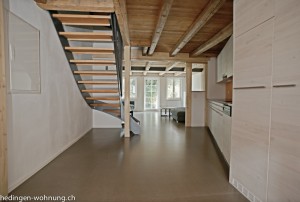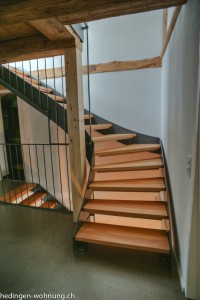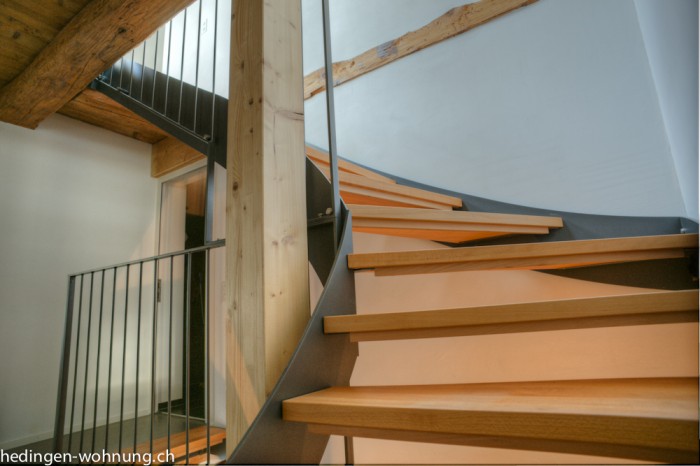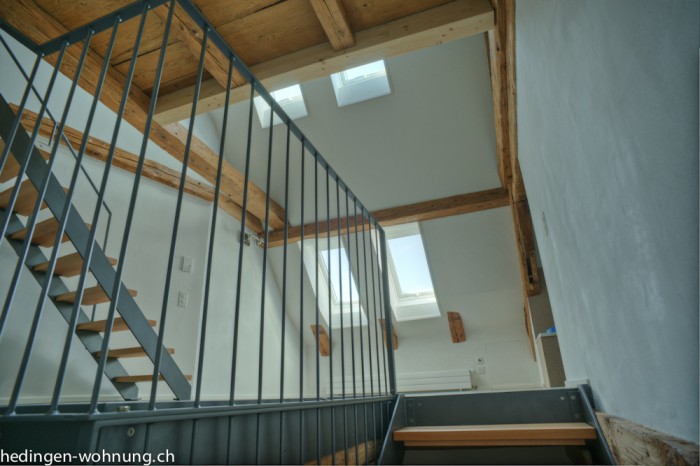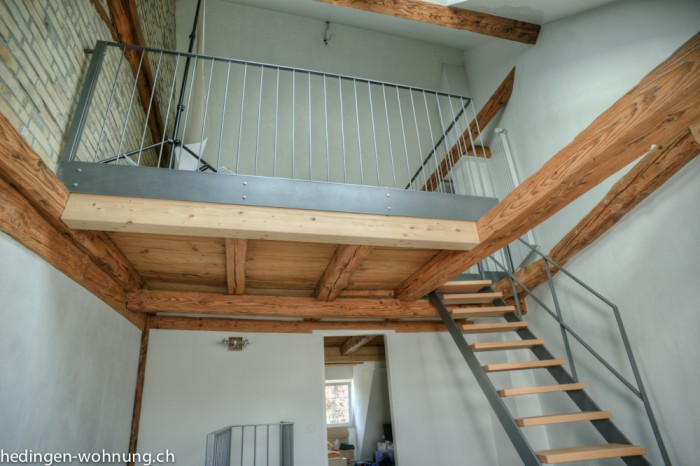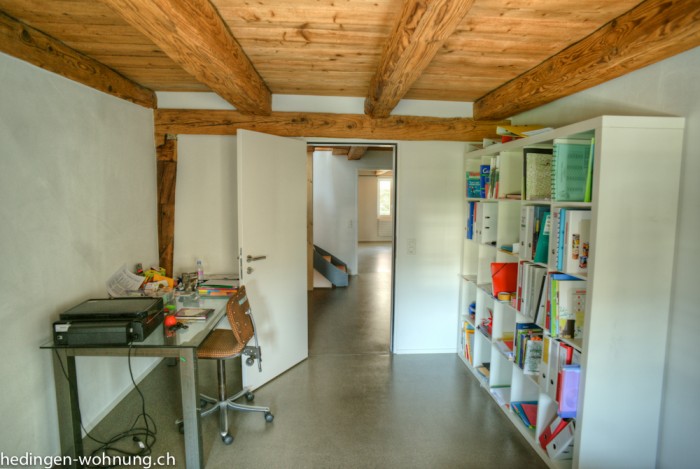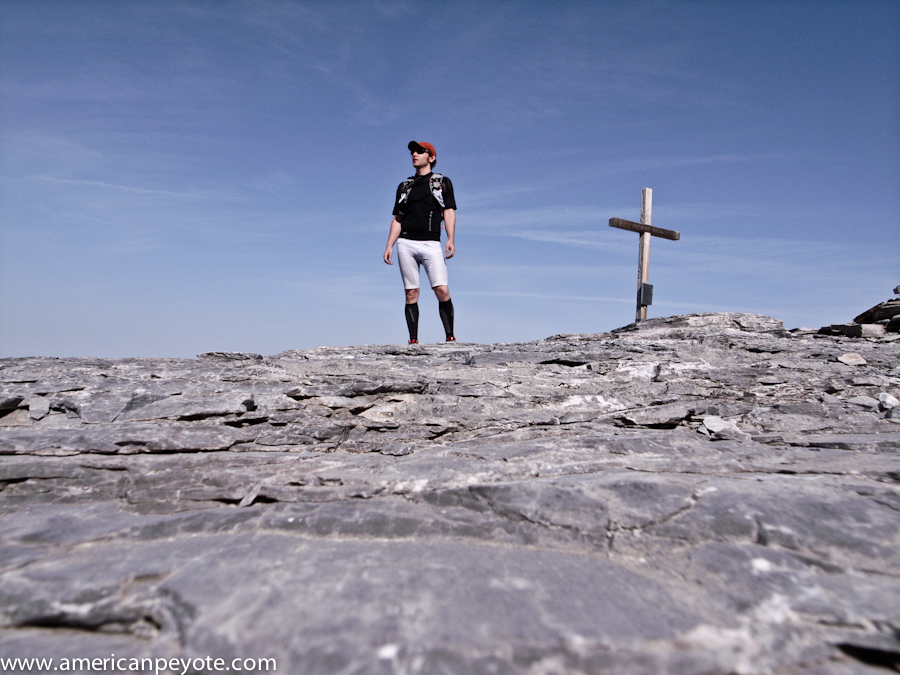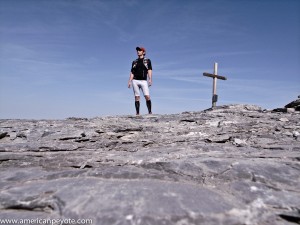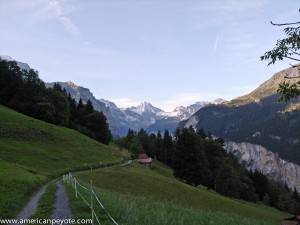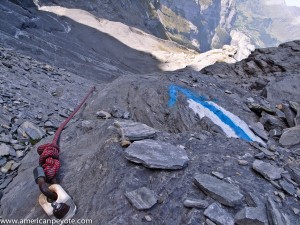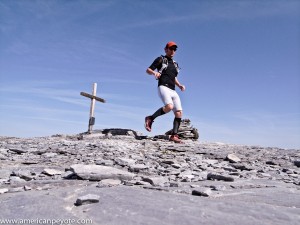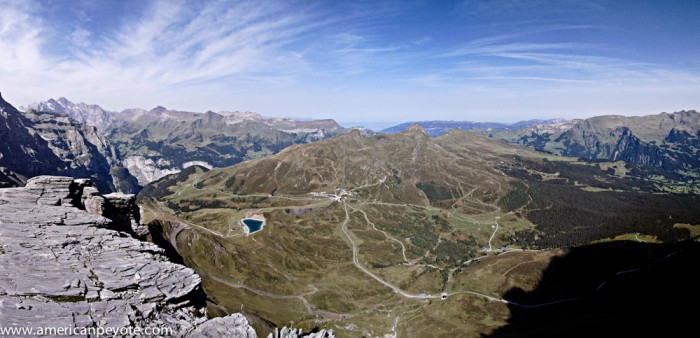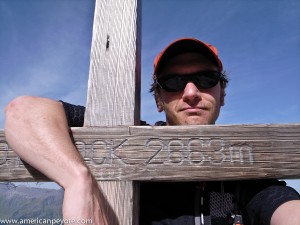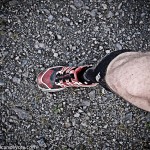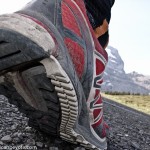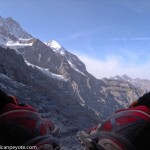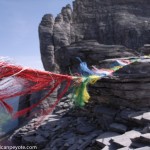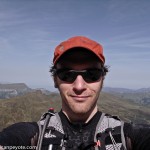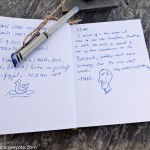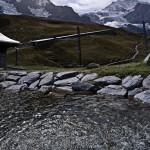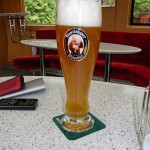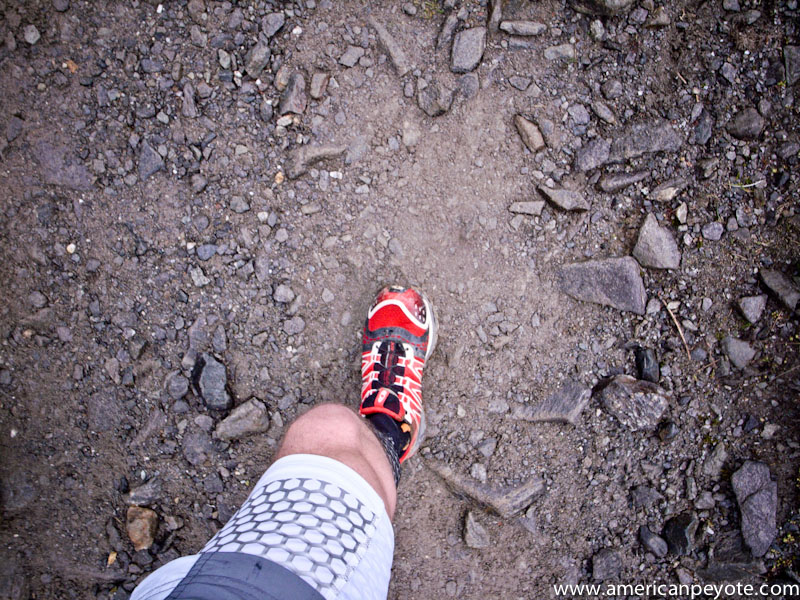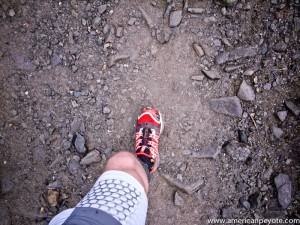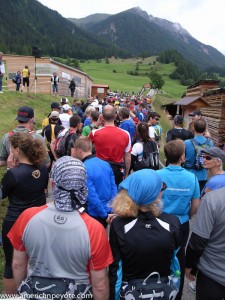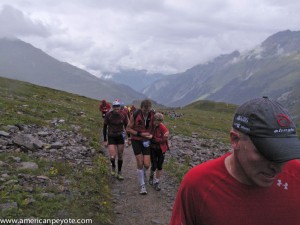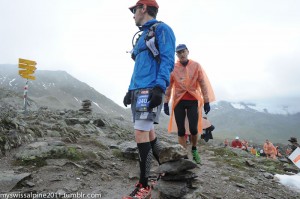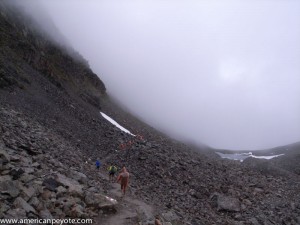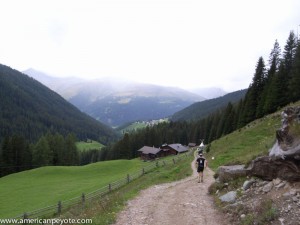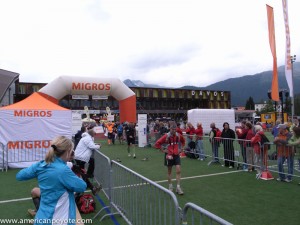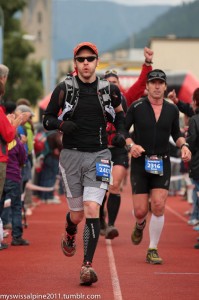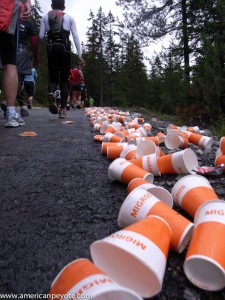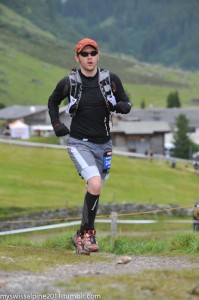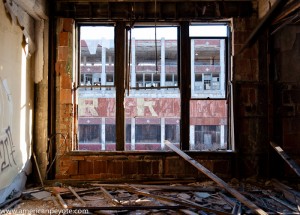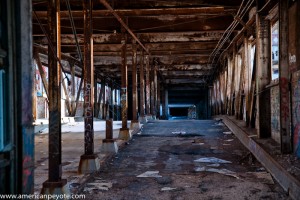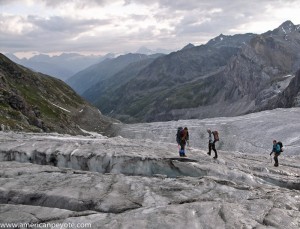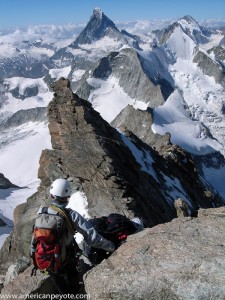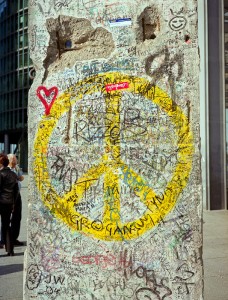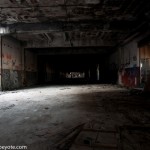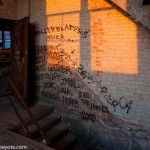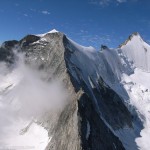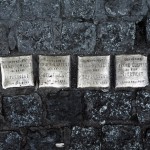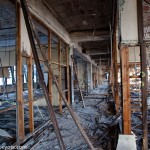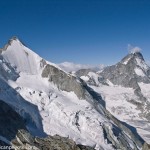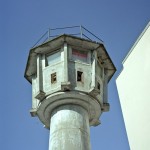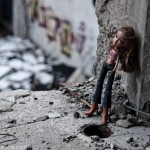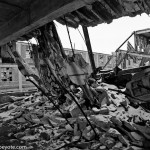The train ride from Basel to Zurich on a Friday night is wonderful place to be. Half the people are calm family types, smiling and say they love each other as they sit down, and the other half are pre-drinking Feldschlossen or some cheap wine, getting ready to live it up at the Zurich clubs all night or a party in Sissach. I’m calm and alone on my computer, recounting an amazing day at the 2011 Swiss Startup Camp in Basel. The day was a blast, a warm, invigorating tech-blast of knowledge and inspiration. It was a high-speed infusion of energy and inspiration, and I hope the momentum will take me places I never imagined.
This is a summary of my experiences at the third Swiss Startup camp in Basel, one of the premier gatherings of folks in the Swiss startup scene. You enter not really knowing what to expect, and after picking up your t-shirt and grabbing a coffee we started to discuss who wants to talk about what (the usual barcamp procedure). There are many things which can happen at such an event, but for sure you’ll walk away from the day with a head full of ideas and inspiration to boot. For the past half year I’ve been focused on painting, photography and learning to make movies, and to a certain extent dropped out of the startup events around Zurich. However, I’m ready to get back into it and see what happens. I’ve also been in a sort of tech-soul searching mode for the past half year, and have now focused my energies in three convergent directions: mobile technology, UX/UI, and ebook design. I found my way into sessions about Lean Startup, Scrum, and the Quantified Self.
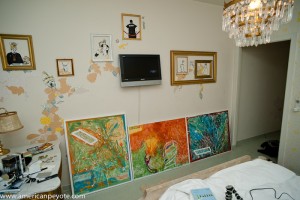 Lean Startup Factory
Lean Startup Factory
The Lean Startup Factory session by Remy and Reto had the biggest impact on me. Lean startup is trending on the Swiss Startup Scene, a take on the Lean Startup Factory from the US. The point is that there’s lots of business ideas every day, week, month, etc. What do we do with them, nothing goddammit, and that needs to change. Forget about sweating the domain name, half desiging a logo, and then failing to execute the idea. What good are good ideas if they never get off the ground? Execution is far more important than inspiration. So fuck the NDAs and business plans, we need to execute, get to the core of beast and start the rock n’ rolla. Well, that was what was going through my head when I listened to Remy (SuperText) and Reto (Doodle) talk about the idea of organizing a Lean Startup Factory weekend in the Zurich area this summer. The main (Fight Club free interpretation) is to dedicate one weekend to breath life in one of your ideas – Build the next twitter in 2 days.
No SWOT, no business research, just team building. 30 people get together on a Friday night, build the teams, and find the core of the idea. Get to the core and execute the idea. No secrets, each team owns the project. No NDAs. Each team owns what they have (because ideas are worthless without execution). The point came up, what about the Swiss startup weekend that already took place. Well, word is that pre-planning and NDAs killed it, because you start to fight between one another instead of creating. Someone said on the street that this will be corrected for this year, but I’m totally inspired by Remy and Reto. Now, who is it for? The startup factory is not limited to developers, but also open to people keen on visual design, interaction design, usability, copywriting, etc. It’s about the whole picture, not just the code. This is the stuff I dream for. During the (t)here Magazine 1 Day of Art in Copenhagen I was exposed to the same method. You go to an inspiring location, dream up ideas on a Friday night, and then create hardcore all of Saturday and show the result. During 1 Day of Art I created paintings I wouldn’t have done in Zurich, and it was all due to the unique energy and inspiration created around the event.
For me, lean factory feels exactly like 1 Day of Art. When I went to 1 Day of Art Copenhagen, it was all hardcore expression and creation. The fine folks from (t)here Magazine put the day together, and I was able to attend thanks to exposure on Talenthouse. However, at the end of the day it was the excellent creative energy and environment of the weekend, cutting out all distractions and just painting with determination in the bathroom of Hotel Fox. It was environment and execution of the idea, trust the process and ride the creative wave and you won’t have to worry about the weekend being a failure – success is the only mother fucking option. The word Factory conjures up the work of Andy Warhol and music from Manchester. You just need to trust in the method and the people. Get people together who want to create, put them in a room with the tools they need, and good things will happen, failure isn’t an option because it’s not part of the equation. The factory plan is like this, everyone meets on Friday, present and talk over ideas, then form some teams and spend the weekend creating, coding, designing, and see what happens. If you’re into this head over to the group, Lean Startup Factory on Amazee.
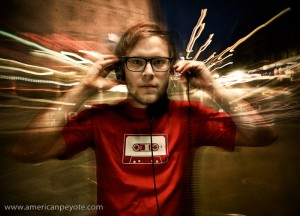 Lukas Fischer – Lean Startup
Lukas Fischer – Lean Startup
I like Lean, and I love reading about management strategies in IT and dreaming of applying them to engineering projects, so after the factory talk I headed over the listen to Lukas Fischer give a rundown on Lean Startup. Lukas heads up netnode.ch, guzuu.com, and spent some time chilling in San Francisco last summer learning and meeting with folks and he wanted to share his thoughts and experiences with Lean. The lean startup trend seems to be trending hard on the Swiss startup landscape, and the room wall filled to capacity to hear what the buzz is about. Lukas started by stated some facts, 70% of startups fail, 10% make money. Why? Because startups often don’t make stuff customers actually want (logical, no?). Lean isn’t a management magic bullet, it’s just a set of best practices to help startups succeed. The concept was set down by @ericries, and @sgblank, considered the fathers of lean startup. First, let’s start at the start. What is a startup? It’s a human institution to deliver a product or service under extreme uncertainty. It could also be an organization used to search for a scalable business model. Lean helps to do that. Here’s my summary of his talk (a bit with my interpretation filled in), but you can also get the slides directly (below here).
So, what is best way to see if there are customers for your idea? Well, you can go through these steps to topics with CUSTOMER DEVELOPMENT:
- Customer discovery – test hypothesis
- Customer validation – charge money
- Customer creation – start sales
- Scale company – scale it
This sounds all well and good, but what does Lean mean? With Agile development, the point is to do customer development really fast. Speed is key, so use an iteration process (as opposed to Waterfall) when developing your product.
Ideas – Build code – Measure data – Learn – Repeat
Now, the Waterfall model is ok if you already know the solution. However, it is not good for startups because you don’t know the customers, and therefore you are also ignorant of the final solution. So it makes sense to use an interaction process as shown above. So how do you get Lean?
- Forget Waterfall
- Build up Agile
- Build team – focus only on problem team and solution team
- To reduce the clutter, focus on the Problem and the Solution. The problem team focuses on customers and finding the perfect solution. The solution team builds it as fast as possible
- Minimum viable product (MVP). When you start with an idea, you need a product which solves a real client problem, but just solves one pain.
- Eliminate features. Throw out features and resolve a problem for a customer, if it doesn’t solve a problem, remove it from your code.
- Early evangelists. Feedback of early adopters and people who love your vision is very important, they will tell you early on what features are missing
- Continuous integration. Iterate, iterate, iterate, deploy your application as fast as possible, measure if the new version is better than old one.
- Product market fit. A company has “product market fit” when it has found a product that customers really want.
- Measuring product market fit. Would you be sad if the product no longer exists, if less than 25% are very disappointed, then your product just sucks.
- Charge. People pay if they can solve a real problem, charge from day 1, it finds out quickly if people are willing to pay for a product or not.
All in all Lukas gave an excellent talk on Lean. For more information you can check out the 5-step startup metric model by @davemclure, and there are internet sites like startuplessonslearned.com. So, my take away messages included, iterate, fix problems, make an error only once, ask why if it happens 5 times, and use lean to stop creating products people don’t want.
Scrum – What is it?
After two sessions of Lean I was looking for something else along those lines, so I headed over to Scrum with Steve Holyer (@zurcherart). Steve is a web worker and a certified scrum master, so he’s a reliable person to talk with on the Scrum subject. What is Scrum? The term originates from Rugby, where a scrum is used to restart the game when the ball has gone out of play. It can also be, an iterative, incremental methodology for project management, often seen in agile software development. What can we use to describe it? Visibility,empowerment, commitments, agility, efficient, hard, easy, fun, self-managing, cool, it works, best practices, hyper-productive. I’m totally new to Scrum but, from Steve I got the basics. There are some main team roles: Product owner, Team, Scrum master.
Product owner: Knows the customer, decides where the team should go, but not how they get there or how fast, owns the product backlog, prioritizes the product backlog (but does not estimate the stories in the backlog). Usually not the line manager.
Team: 5-9 people, doing the work to complete the project or sprint, self organizing, the team want to get it done and it’s up to the team to get it done, cross-functional, attend the daily scrum, not limited to coders and developers but also analysts, testers, etc. Can also include scrum master.
Scrum master: Coaches everyone in the process and scrum practices, removes impediments, holds the daily scrum, usually not part of the team, usually not the line manager, usually not the tech guru, protects the team. Leads most of the meetings.
Then we move into activities, what is the scrum, how does everything work? We start out with activities. Activities are basically just meetings, but very well defined meetings, which follow the same format in a limited time and are well structured. These include sprint planning, daily scrum, and review. The first two are the less-obvious for me. Sprint Planning: Product owner presents the backlog, the team is there to question the product owner, re-estimate, re-prioritize, estimate velocity, select stories for the sprint. Part two starts after lunch. Break down tasks, at the end the team commits to delivering so and so stories at the end of the sprint. Daily Scrum: This is the sprint commitment, the team has committed to deliver this to you, if you add new tasks in the middle of the sprint, you’re asking them to do something that breaks their commitment. Do you really want to do that? If yes then stop the sprint and replan.
As a mechanical engineer who is always working in Waterfall, it was very interesting to hear Steve talk about Scrum. Some of these techniques are being brought over into the mechanical world, where it has been called Concurrent Engineering. However, I would rather go to the source, and I like the terms Agile and Scrum a lot more. I’ll see how I can integrate the Lean and Scrum management and development ideas into my future projects. There are many parallels in the mechanical engineering world, especially now as more and more projects rely on simulations and virtual prototyping in the development process, but change doesn’t always come easily. Still, I’m optimistic for the future.
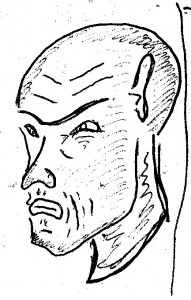 The Quantified Self
The Quantified Self
My last session of the camp was about a website called Quantter (Quan#er) and the Quantified self by Denis Harscoat (@harscoat). Do you know what that means? I had no clue, but it’s the future, and this is how it has begun. The quantified human was the most experimental session I attended. I say experimental mainly because the movement is still so new that even a wikipedia entry didn’t come up when I googled for it before the talk. Quantified Self refers to humans who have quantified themselves, it means people who gather, digest, and interpret data about themselves. Their heart rate throughout the day, their brain waves and sleep patterns, how much they walk each day, what they eat, all these things can be easily measured and recorded now using basic sensors or an iPhone app. This will be big for various reasons. On one hand, we all know that people love to collect and analyze data, and if they can do it about themselves and then share it, it opens up a big market for people to compare their data with that of other people. It’s also an avenue for medical research, and helping people gauge their own healing process and for doctors to monitor patient stats in realtime. The idea is really very powerful. It is the idea of knowing yourself in numbers. It means development of tools for quantifying parts of your life, and using technology to understand how to live in a better way. Once you have and can see the data, the next question is how to interpret it, and then to take action on what you’ve found out about yourself. The website Quantter (Quan#er) is a platform for people to share tweets and things about the stuff they’ve quantified. I can see this as being a big, actually potentially huge growth area in the future if it takes off. For it to take off there needs to be mobile applications to easily record relevant information that can be quantified, and I think that’s where the money will be made. For more info on the quantified self, check out Quantifiedself.com to get info on what people are doing with it and meetups. There’s also a video of Denis of a meetup in Amsterdam on vimeo.
The End: Moment of Zen
Thank you to all the organizers and sponsors, this third Swiss startup camp was fantastically awesome. The startup camp is a wonderful platform for startup folks around Switzerland to meet and develop new opportunities and ideas. It’s consistently the best barcamp I attend every year (yes, it beats out Berlin) and I left Basel with some serious motivations and ideas. Now it’s time to go to work. But first, your Moment of Zen, here’s my favorite random quote from the day (picked up at the after-party):
9 women working one month can’t create a baby.
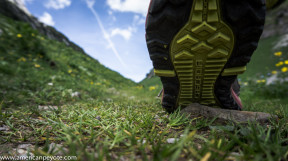 My head was exhausted and I needed an escape. My UX flows for lostinreality were past due and I was still working on organizing the overview for the Zurich Health Hackathon. I didn’t know where to start so I decided to skip out on everything and go trail running in the Alpstein in Switzerland. The Alpstein encompasses the massif around Mt. Santis, the high-point of the region, and according to tradition, the refuge of a mad weather man who had murdered his wife. The Santis region is dear to my heart, as it was the first Swiss region I started hiking in and could call my own, in so much as I could go there without a map and feel confident of knowing where I was headed.
My head was exhausted and I needed an escape. My UX flows for lostinreality were past due and I was still working on organizing the overview for the Zurich Health Hackathon. I didn’t know where to start so I decided to skip out on everything and go trail running in the Alpstein in Switzerland. The Alpstein encompasses the massif around Mt. Santis, the high-point of the region, and according to tradition, the refuge of a mad weather man who had murdered his wife. The Santis region is dear to my heart, as it was the first Swiss region I started hiking in and could call my own, in so much as I could go there without a map and feel confident of knowing where I was headed.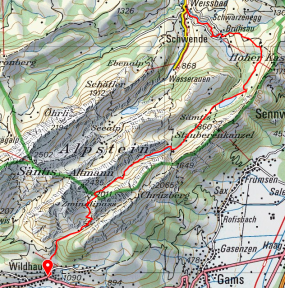 Route
Route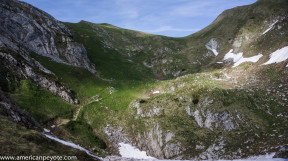 Pass
Pass


